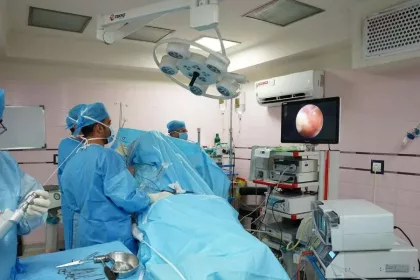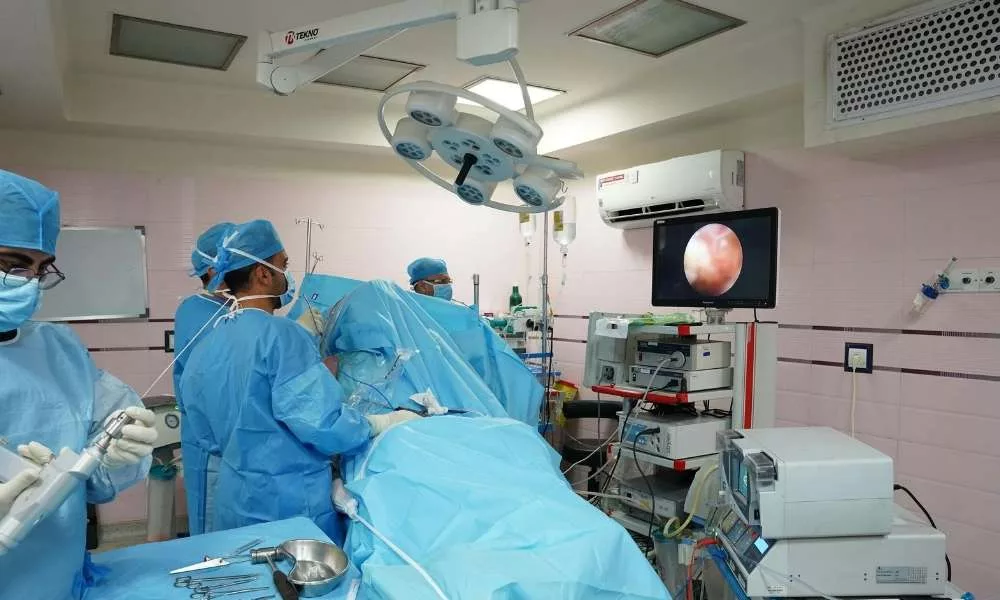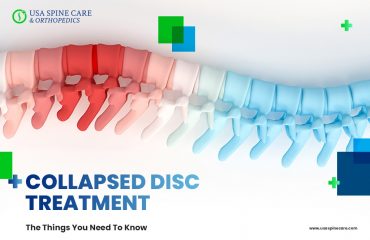

Biportal endoscopic spine surgery (BESS) employs specialized techniques to access and treat spinal conditions through small incisions. This minimally invasive approach offers several advantages over traditional open surgery.
Core BESS Techniques
- Portal Creation: Surgeons create two small incisions, or portals, in the back. One portal is used for the endoscope to visualize the spine, while the other accommodates surgical instruments.
- Endoscopic Visualization: High-definition cameras mounted on the endoscope provide a clear view of the spinal structures, guiding the surgeon’s actions.
- Tissue Removal: Using specialized tools, surgeons can carefully remove herniated disc material, bone spurs, or other tissue causing spinal compression.
- Decompression: BESS allows for decompression of the spinal cord or nerve roots by creating space through the removal of obstructing tissue.
- Closure: Once the procedure is complete, the small incisions are closed with minimal suturing.
Common BESS Procedures
- Discectomy: Removal of a herniated disc to relieve pressure on the spinal nerve.
- Laminectomy: Removal of a portion of the lamina, a bony structure protecting the spinal cord, to create more space.
- Foraminotomy: Enlargement of the spinal foramen, the opening where nerves exit the spinal column, to alleviate nerve compression.
Advantages of BESS Techniques
- Precision: The endoscopic view allows for precise surgical maneuvers, minimizing damage to surrounding tissues.
- Minimal Tissue Trauma: Smaller incisions and less tissue manipulation lead to reduced pain and faster recovery.
- Less Blood Loss: Due to the minimally invasive nature of BESS, blood loss is typically lower compared to open surgery.
- Shorter Hospital Stays: Patients often require shorter hospitalizations following BESS procedures.
While BESS offers significant advantages, it’s important to note that the specific techniques used may vary depending on the patient’s condition and the surgeon’s expertise.


